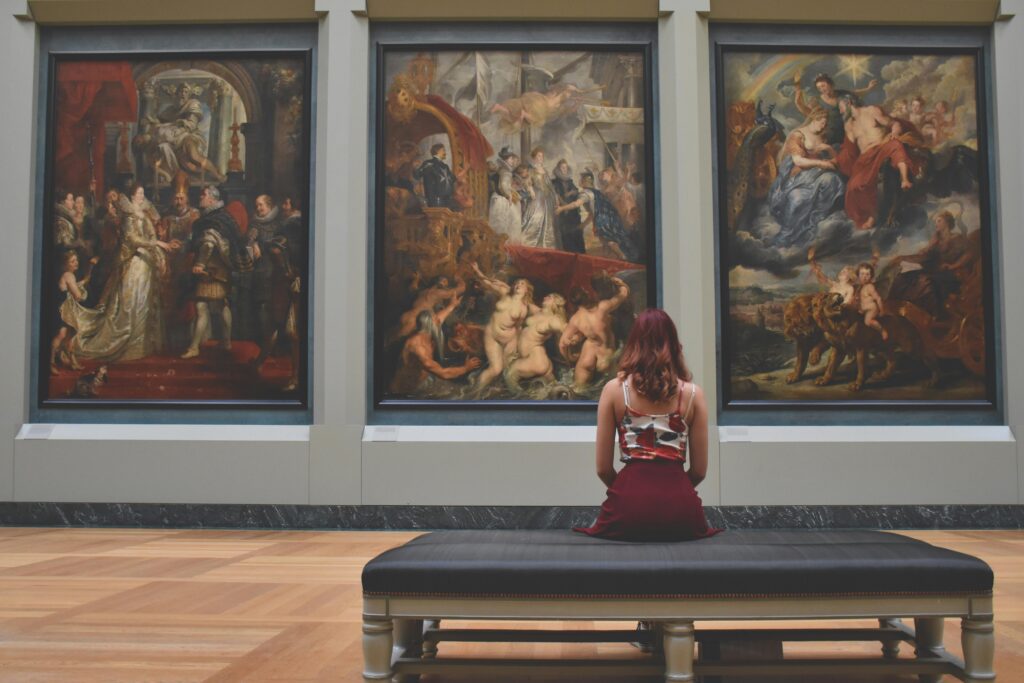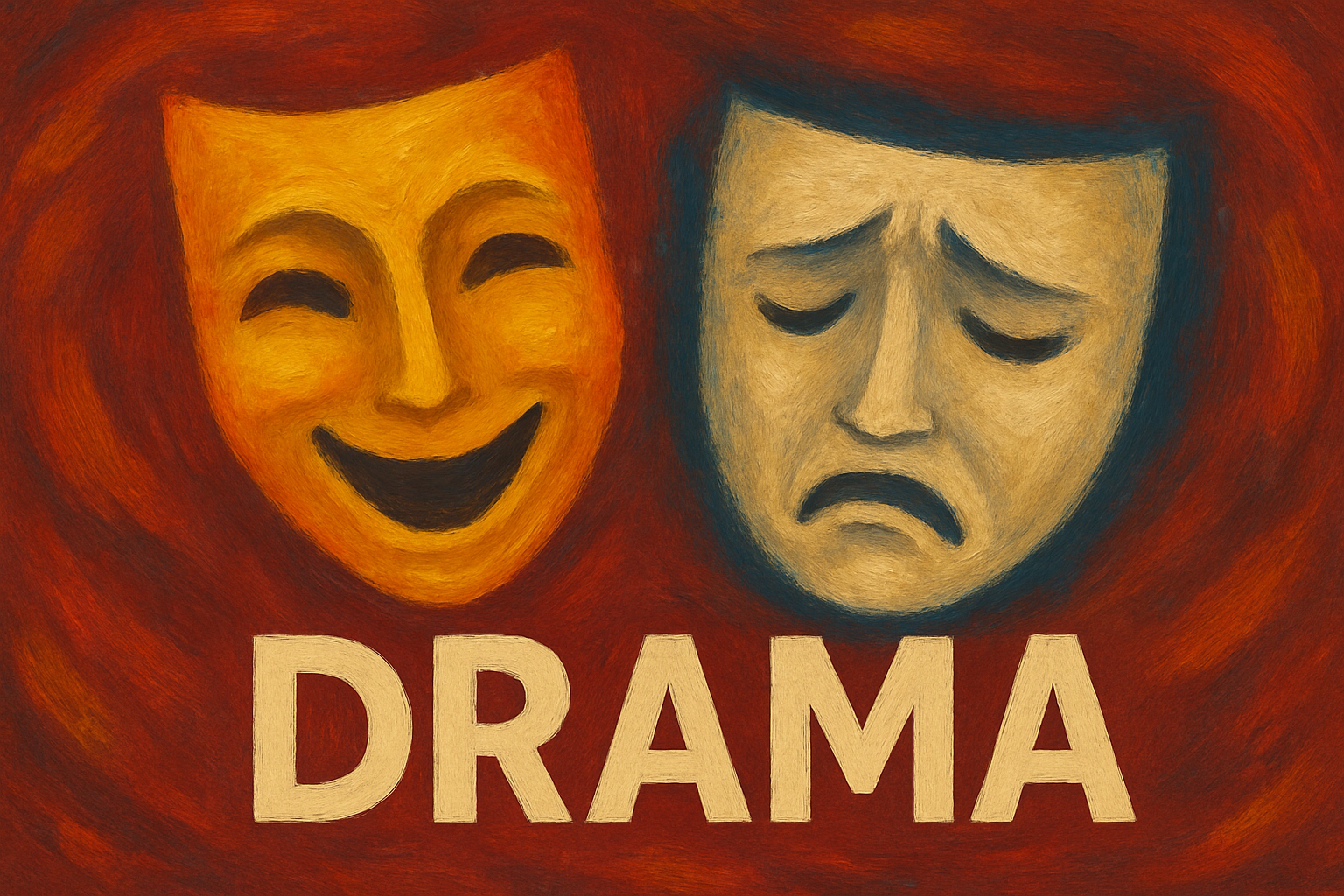Drama art has always been more than just entertainment—it is storytelling, emotion, and reflection rolled into one. From ancient Greek tragedies to contemporary immersive theater, drama has shaped how humans communicate and connect. In this blog, we’ll explore the meaning of drama art, its history, its emotional power, and why it continues to matter today.
What is Drama Art?
Drama art is the performance of stories through acting, movement, voice, and stage design. It blends literature, visual art, and music into a living, interactive experience. Unlike paintings or novels, drama unfolds live, in real time, where performers and audiences share the same emotional journey.
At its heart, drama explores human struggles, joy, and transformation—turning stories into art that engages not just the mind, but also the senses and emotions.
The History of Drama: From Ritual to Theater
Drama has deep roots in ancient rituals and storytelling traditions. Early performances in Egypt, Greece, and Asia often revolved around mythology, harvest celebrations, or honoring gods.
- Greek Drama: Considered the birthplace of Western theater, Greek playwrights like Aeschylus, Sophocles, and Euripides created tragedies and comedies that explored morality, politics, and the human condition. These plays introduced the idea of “catharsis,” the emotional cleansing audiences feel when watching drama.
- Asian Drama Traditions: In India, Sanskrit drama used poetry and gesture, while in Japan, Noh and Kabuki blended stylized movement with music. In African cultures, performance combined storytelling, drumming, and dance.
This shows that drama has always been a universal art form, adapting to the cultural values and spiritual beliefs of each society.
Why Drama Art Reflects Society
One of the most powerful aspects of drama is its role as a mirror to society. Whether it is Shakespeare exploring ambition and betrayal in Macbeth, or modern plays highlighting social justice issues, drama art confronts audiences with truths about their world.
Theater is never just about the stage—it’s about conversation, empathy, and critique. That is why drama remains a tool for education, activism, and cultural change.
The Emotional Power of Drama
Drama connects with audiences on an emotional level like no other art form. Through voice, gesture, and presence, actors make abstract ideas deeply personal.
- Empathy: Watching a character suffer or triumph helps audiences step into another’s shoes.
- Catharsis: As in ancient Greece, drama allows audiences to release built-up emotions.
- Shared Experience: Live performances create a collective energy that unites people in laughter, silence, or tears.
This emotional depth is what makes drama art timeless and unforgettable.
Visual and Physical Dimensions of Drama
Drama is not only about words—it is also about visual storytelling. Lighting, costumes, props, and stage design turn scripts into sensory experiences.
- A dark stage can symbolize fear or mystery.
- Colorful costumes may signal joy or rebellion.
- Choreographed movement adds meaning beyond dialogue.
Modern theater often integrates multimedia, projection, and sound design, blurring the lines between visual art and live performance.
Drama in Education and Therapy
Drama is widely used in schools, workshops, and therapy.
- In education, role-playing helps students build creativity, confidence, and teamwork skills.
- In drama therapy, performance is used to process trauma, explore identity, and imagine solutions to life challenges.
Global Traditions of Drama Art
Drama is found in every culture:
- Kabuki and Noh (Japan) – Highly stylized performances with music, dance, and masks.
- Sanskrit and Folk Drama (India) – Rich traditions of poetry, gesture, and storytelling.
- African Theater – Communal storytelling with drumming and dance.
These traditions show that while drama styles differ, the human need for performance and storytelling is universal.
Contemporary Drama: Innovation and Change
Modern drama continues to evolve:
- Immersive Theater brings audiences into the performance space.
- Digital Drama uses livestreams and VR to reach global audiences.
- Activist Theater addresses urgent issues like climate change, gender equality, and racism.
For example, Augusto Boal’s Theater of the Oppressed encourages audiences to participate, turning drama into a rehearsal for real-world change.
Why Drama Art Still Matters Today
In a world full of screens and digital content, drama art reminds us of something deeply human: the need to gather, share stories, and feel together. Drama is fragile—each performance vanishes when the curtain falls—but also eternal, because the themes of love, struggle, and hope never disappear.
Drama is not only art—it is connection, empathy, and cultural memory.
Final Thoughts
Drama art continues to thrive because it speaks to universal truths about human life. Whether in a traditional theater, a school classroom, or an experimental digital space, drama helps us reflect, imagine, and transform.
If you want to experience art that combines literature, visual expression, and emotion, watching or participating in drama is one of the most powerful ways to connect with the hu




Leave a Reply